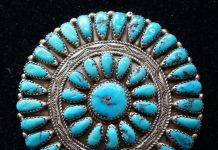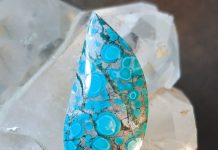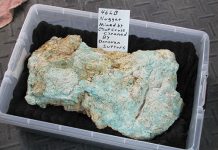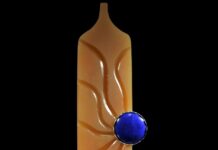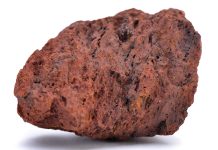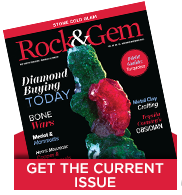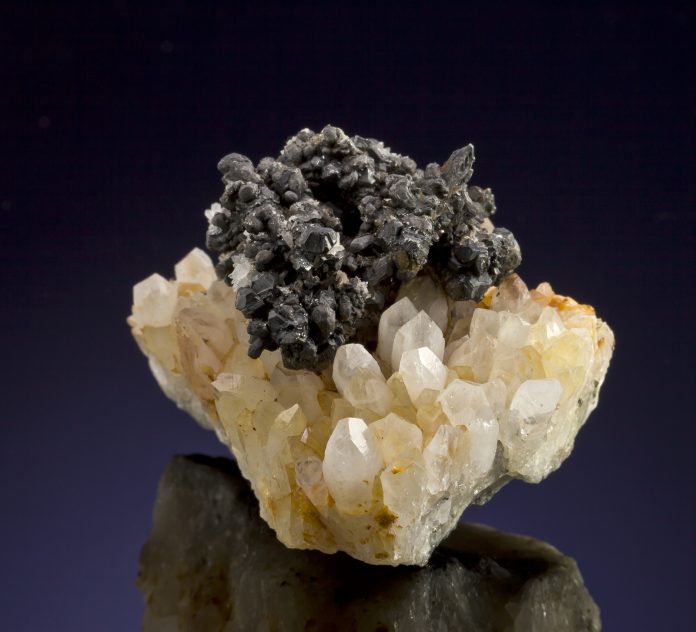
Transylvania and its minerals offer a little something for every rockhound, whether you’re in it for science, beauty, spooky stories, or all of it. Deep in the heart of Romania, the Carpathian Mountains are known for gothic lore and vampire legends. In this land of Dracula, Transylvania’s rugged geology, shaped by volcanic activity, has made it one of Europe’s most mineral-rich areas.
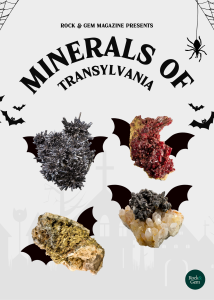
Transylvania & Its Mineral History
Transylvania’s mineral wealth drew the fascination of several distinguished aristocrats who helped shape early mineral science. Ignaz von Born (1742–1791), born in Alba Iulia, became one of Europe’s foremost Enlightenment mineralogists, lending his name to the mineral bornite. Franz-Joseph Müller von Reichenstein (c.1740–1825), a high-ranking mining official, discovered the element tellurium in 1782 while studying local ores, and later had the tellurium mineral müllerite named in his honor. Johann Michael Ackner (1782–1862), a noble scholar from Sighișoara, assembled one of the era’s finest collections of minerals and fossils. Their passion for collecting and scientific inquiry cemented Transylvania’s place in the history of mineralogy.
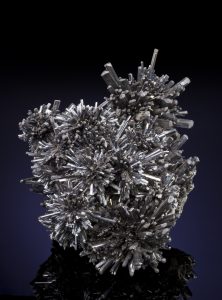
Arkenstone, iRocks.com
Apuseni Gold and Telluride Minerals
The Apuseni Mountains have been mined since Roman times, with an emphasis on the rich gold deposits. Transylvania is noted for its thick gold crystals; however, much of the gold wealth occurs in gold-telluride minerals like sylvanite, calaverite and nagyagite. These minerals are fascinating for their silvery luster and high tellurium content. Sylvanite, in particular, forms blade-like crystals that almost look like writing from an ancient spellbook.
Realgar Crystals: Transylvania & Its Red Gem
As deep red as a vampire’s dripping blood, realgar ranks among the most striking crystal species known. Specimens found in 2005 at Shaft #5 in Baia Sprie display vividly saturated, sharp, blocky prisms—some hoppered and partially hollow—reaching up to 7 cm in length, with a dramatic and fiery beauty.
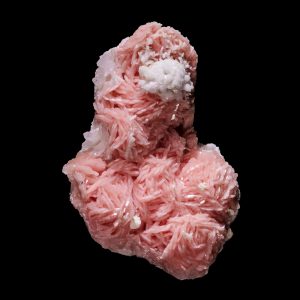
Arkenstone, iRocks.com
Pink Minerals: Rhodochrosite & Rhodonite
Two pink minerals—rhodochrosite and rhodonite— give Transylvania a pastel palette, softening the spooky vibe. Rhodochrosite forms in banded patterns in manganese-rich veins and is often translucent, while rhodonite appears in blocky crystals with deep pink tones and dark matrix. Both are found near ore deposits and were once byproducts of mining efforts for silver and lead. Some of the best rhodochrosite known comes from the Cavnic Mine.
Transylvania Fluorite and Its Phantoms
Transylvanian fluorite is another mineral with a spooky streak. Specimens from mines like Cavnic and Baia Mare can fluoresce under UV light, emitting an eerie blue or violet glow. Fluorite occurs in a rainbow of colors—purple, yellow, and green—often in cubic or stepped formations. Some crystals even display phantoms: ghostly outlines of earlier growth stages within the mineral.
This story about the minerals of Transylvania previously appeared in Rock & Gem magazine. Click here to subscribe. Story by Dr. Stuart Mills and Pam Freeman.


